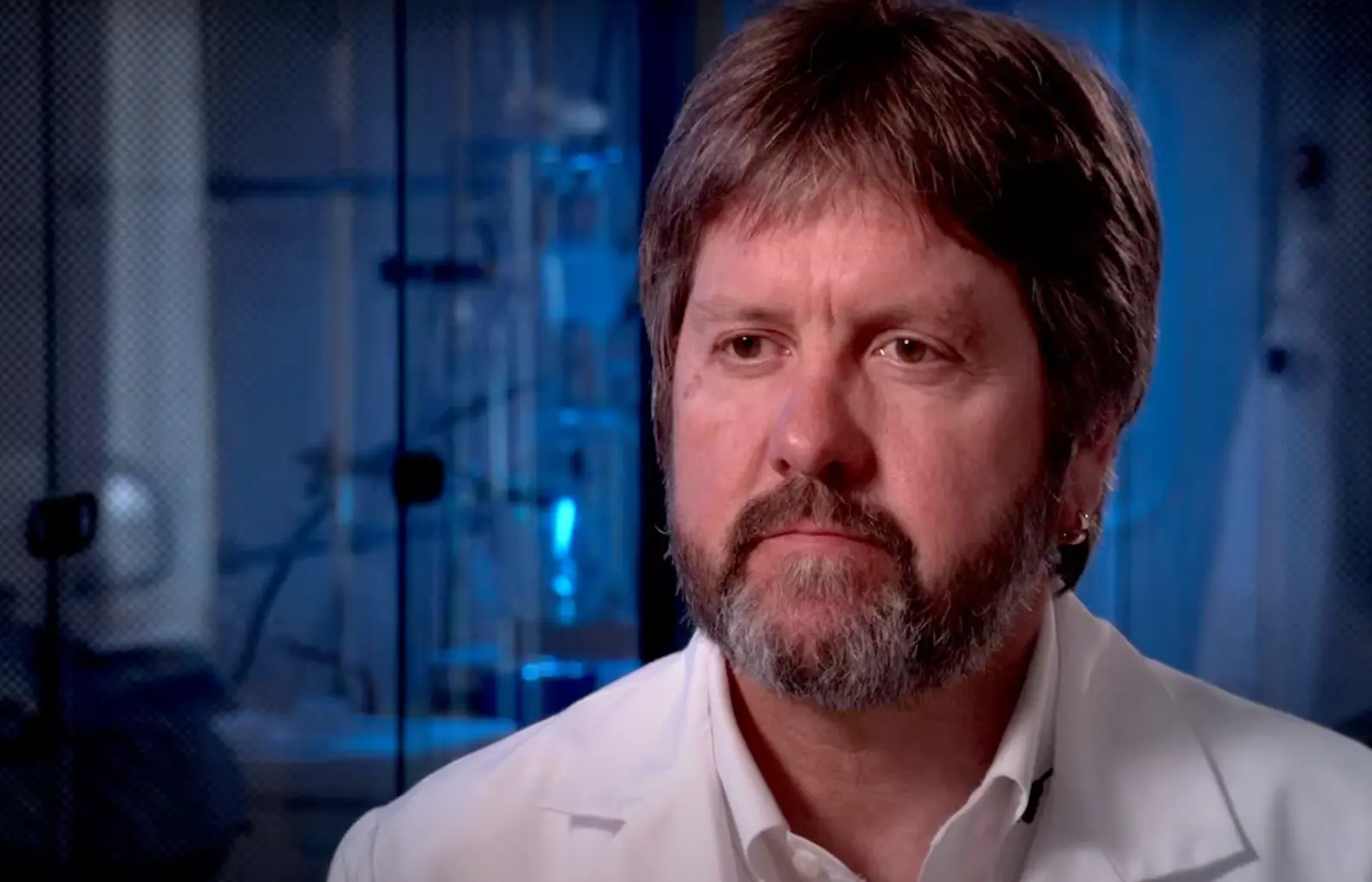Rolf Bodmer earned his PhD in Biochemistry and Neurobiology from the University of Basel, Switzerland, in 1983. Dr. Bodmer trained as a postdoctoral fellow in Neurobiology at the Albert Einstein College of Medicine in New York, and also studied Molecular Genetics at the University of California, San Francisco. He was appointed Assistant Professor of Biology in 1990 at the University of Michigan. There, he was promoted to Associate Professor of Biology in 1996, and then appointed to Associate Professor of Molecular, Cellular and Developmental Biology in 2001. Dr. Bodmer joined Sanford Burnham Prebys in 2003, where he is Professor and Director of the Center for Cardiovascular and Muscular Diseases.
Other Appointments
Adjunct professor, University of California, San Diego
Funding Awards and Collaborative Grants
1 P01 AG033561 “Genetic Analysis of Drosophila Functional Aging”
Honors and Recognition
Ellison Foundation Senior Scholar Award
Related Disease
Cancer, Cardiovascular Diseases, Heart Disease, Inherited Disorders, Metabolic Diseases, Metabolic Syndrome, Muscular Dystrophy, Neurodegenerative and Neuromuscular Diseases, Obesity, Parkinson’s Disease
The Bodmer lab is interested in the molecular mechanisms of organ formation, how patterns are generated and how cells and tissue types assume their correct fates and functions. The Bodmer lab is pursuing this interest by studying the genetic functions and interactions that specify heart development and maintain heart performance in the Drosophila model, in the hope of elucidating basic principles in organogenesis and functionality.
Mesoderm
↓
Cardiac Mesoderm
↓
Cardiac Cell Types
↓
Morphogenesis
↓
Heart Function
↓
Aging Heart
They study the HIF and Notch pathways in various organismal responses to hypoxia. Both of these pathways as well as mechanisms and responses to hypoxia are of high relevance to cancer research.
They are also studying master regulatory networks in how they control metabolism and obesity. These fundamental studies on obesity pathways will also be highly relevant to cancer metabolism.
 Jul 17, 2023
Jul 17, 2023New genes implicated in deadly heart defect
Jul 17, 2023By identifying genes in patients and testing their effects in fruit flies, Institute researchers have found new genes that contribute…
 Dec 14, 2020
Dec 14, 2020Our top 10 discoveries of 2020
Dec 14, 2020This year required dedication, patience and perseverance as we all adjusted to a new normal—and we’re proud that our scientists
 Jun 22, 2020
Jun 22, 2020Scientists uncover new genetic mutations linked to autism spectrum disorder
Jun 22, 2020The study opens new research avenues for the condition. Scientists at Sanford Burnham Prebys Medical Discovery Institute and Radboud University Medical Center
 Dec 4, 2019
Dec 4, 2019A year in review: Our top 10 discoveries of 2019
Dec 4, 2019At Sanford Burnham Prebys, we uncover the origins of disease and launch bold new strategies that lay the foundation for…
 May 23, 2019
May 23, 2019Epigenetic change causes fruit fly babies to inherit diet-induced heart disease
May 23, 2019Scientists are learning that epigenetic changes, or molecular tags that modify our DNA, can cause your children to inherit the…
 Feb 15, 2019
Feb 15, 20195 takeaways from Insights: Heart Disease
Feb 15, 2019It’s easy to forget about the fist-sized organ in our chest. But the heart is arguably the most important muscle

